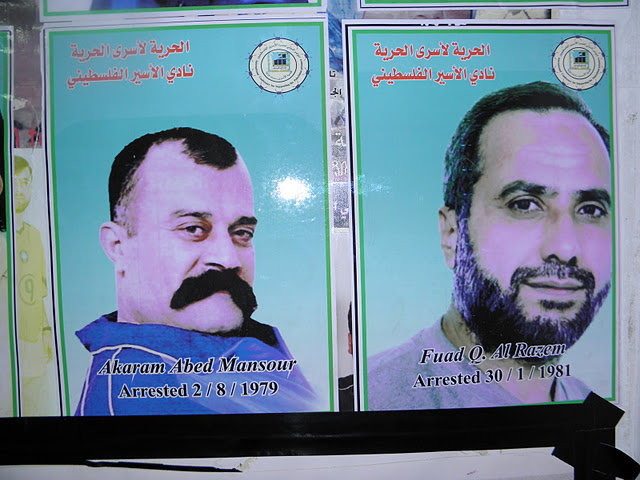Tag: Gaza
-
There is no east: Olive harvest in Gaza
15 October 2011 | International Solidarity Movement, Gaza Gaza doesn’t have very much farmland left. The expanding no go zone imposed by Israeli bullets and bulldozers constantly erode the amount of land left for Palestinians to farm in Gaza. Mohamed Ashure Shimbari lives on the edge of the no-go zone. If you look east from…
-
In Photos: Palestinians unite to support prisoner hunger strike
12 October 2011 | International Solidarity Movement, West Bank and Gaza On Tuesday the 27th of September, an open-ended hunger strike was initiated until the fulfillment of 9 demands by Palestinian prisoners, which include the right to family visits, end to the use of isolation as a punishment against detainees, and profiteering of Israeli prisons from…
-
Internationals in Gaza join hunger strike for Palestinian prisoner rights
11 October 2011 | International Solidarity Movement, Gaza For Immediate Release: Three foreign nationals residing in Gaza have entered their fifth day of an open-ended hunger strike and protest encampment in front of the ICRC. The internationals are available for interview. Vera Macht, Germany, stated: “The situation of Palestinian prisoners is truly heartbreaking. Parents are…


